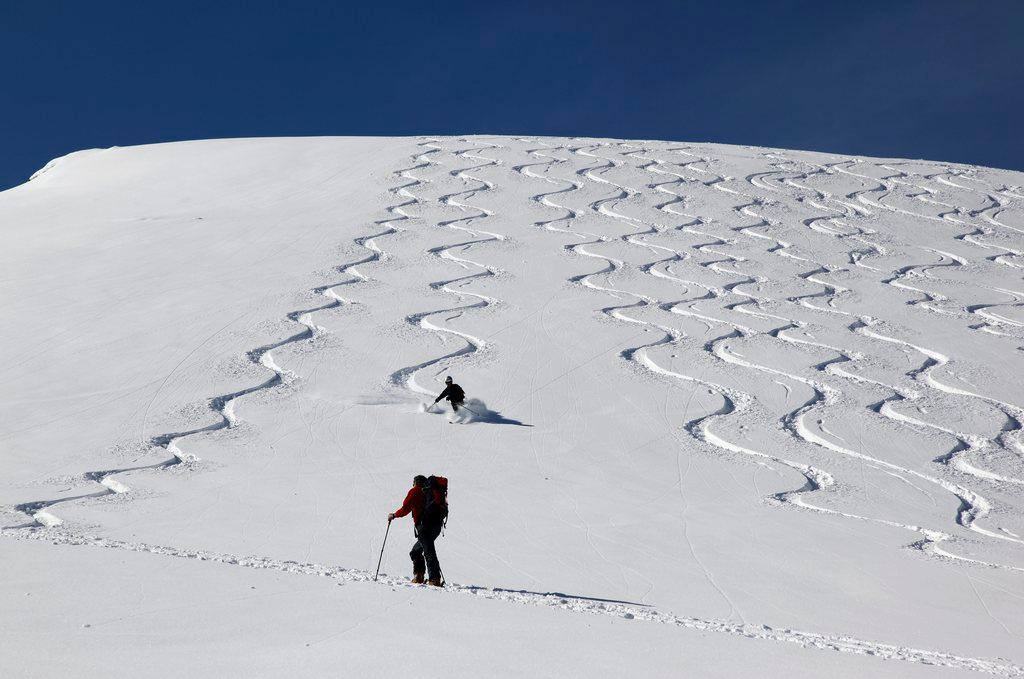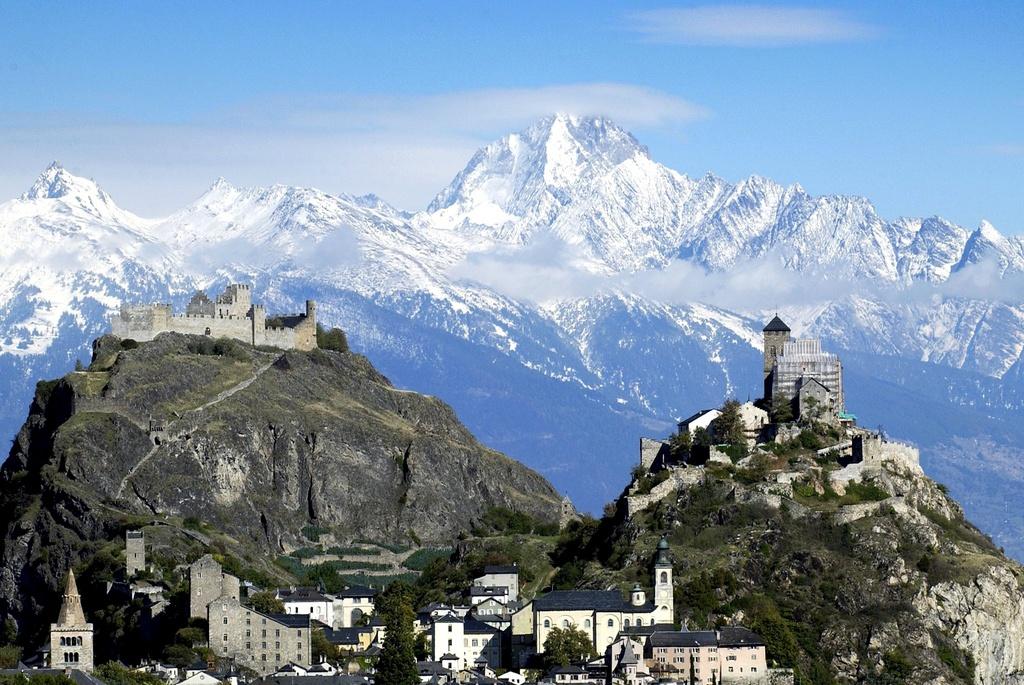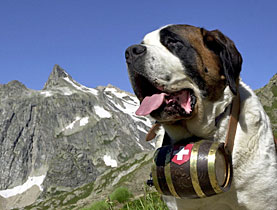Almost 2,000 avalanche deaths in Switzerland since 1936

While the number of victims of avalanches in controlled areas has declined significantly over the past 80 years, that in open areas has stayed roughly the same even though more people are now venturing off-piste, says the Institute for Snow and Avalanche Research (SLF).
Nearly 2,000 people have lost their lives in almost 1,000 avalanches in the Swiss Alps and the Jura region since 1936, the Davos-based instituteExternal link said on Tuesday.
In controlled areas (roads, railways, communities and secured ski runs) the 15-year annual average number of victims dropped from 15 at the end of the 1940s to less than one in 2010.
An analysis of the data on avalanche victims in Switzerland – collected in the SLF’s “destructive avalanche database” since 1936 – showed that most of the fatal avalanches were triggered naturally and nearly half of the accidents that claimed lives on transportation routes and ski slopes were work-related.

More
Despite headlines, avalanche death toll falls
The SLF said significant investments in avalanche barriers as well as improved danger maps, effective closures and evacuations and the artificial triggering of avalanches were likely to have been instrumental in bringing about the reduction in the number of avalanche victims in controlled areas.
Risky recreation
However, an analysis of the number of people killed in avalanches in open terrain (away from communities, transportation routes and controlled ski runs and pistes) presents a rather different picture.
Nearly all of the accidents in open terrain in the past 80 years have involved people engaging in recreational backcountry touring or other off-piste activities, including on snowshoes or snowboards.
In the large majority of cases, the victims triggered the avalanches themselves. The 15-year annual average number of victims stood at fewer than ten during some periods at the start of the 1950s, before rising sharply in the 1960s and 1970s, and reaching a record of almost 27 in the 1980s.
The marked upturn in the number of victims in open terrain occurred at a time when winter tourism was growing rapidly, ski resorts were mushrooming and travel was becoming more affordable for the general population.
Although the number of recreational sports enthusiasts venturing away from controlled areas continued to rise, the number of people losing their lives declined in the 1990s (annual average of 20 victims).
The SLF said a stronger focus on prevention (for example avalanche courses for tour leaders), better information about the avalanche situation and the steady increase in the availability of avalanche emergency kit (transceiver, shovel, probe) is thought to have exerted a favourable influence on the figures.
Accident prevention
In recent decades most avalanche accidents have involved recreational sports enthusiasts outside controlled areas.
Recreational sports enthusiasts intending to venture off-piste should therefore:
– seek instruction to learn about appropriate off-piste conduct and acquire the knowledge required to recognise avalanche prone locations
– obtain information about the current avalanche danger
– always carry avalanche emergency equipment, consisting of at least a transceiver, shovel and probe.
(Source: SLF)

In compliance with the JTI standards
More: SWI swissinfo.ch certified by the Journalism Trust Initiative












You can find an overview of ongoing debates with our journalists here . Please join us!
If you want to start a conversation about a topic raised in this article or want to report factual errors, email us at english@swissinfo.ch.